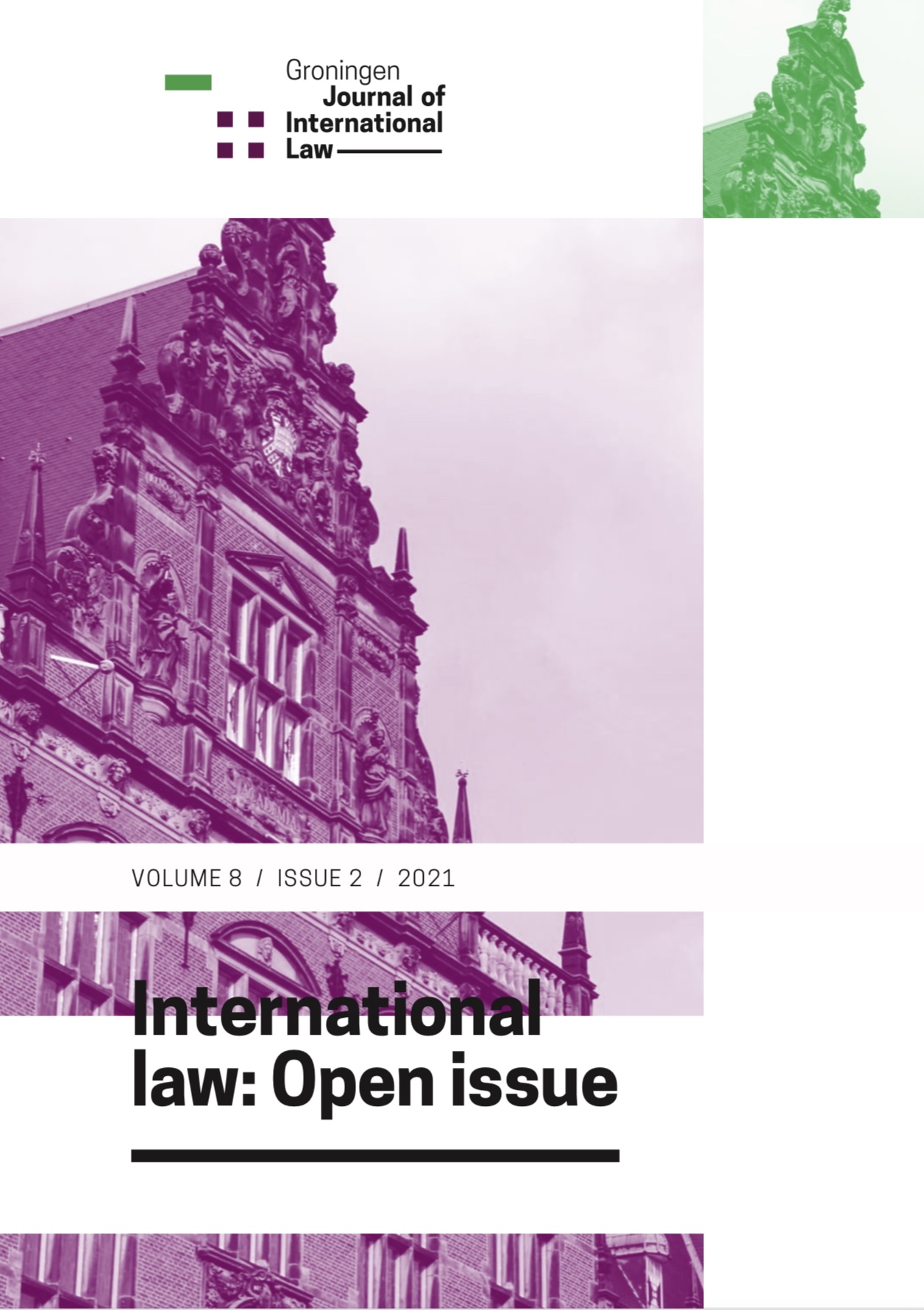The Destruction of Statehood and the Color Revolutions under Russian International Law Doctrine
DOI:
https://doi.org/10.21827/GroJIL.8.2.228-243Keywords:
DESTRUCTION OF STATEHOOD, COLOR REVOLUTIONS, CRIMEAAbstract
Has Russian international law doctrine changed in relation to the post-Soviet states since the annexation of Crimea? This paper analyses two interdependent concepts of the contemporary Russian international law doctrine - the ‘color revolutions’ and the ‘destruction of statehood’ - in the context of geopolitical competition over the post-Soviet space. In brief, the term color revolution is used by Russia to describe events that it categorizes as illegal regime-changes used to remove pro-Russian politicians from power under the guise of democracy. In the same context, Russia has developed another key concept, i.e. the ‘destruction of statehood’. First referred to in 2008, it has since 2014 become a more encompassing and innovative legal doctrine to counter color revolutions in Russia’s neighboring states. Under this doctrine, Russia reserves a right to ‘un-recognize’ a target state if it categorizes the situation as an illegal regime change that has destroyed the target’s statehood. Controversially, this results in Russia no longer being bound by its treaty obligations with this state. Especially since 2014, Russia has developed political and legal tools in multilateral documents to counter future color revolutions. While it has been unable to convince the international community to accept its new interpretations, it has been more successful within its closest allies in the Collective Security Treaty Organization (CSTO) and, to a lesser extent, in the Commonwealth of Independent States (CIS). This may have significant political consequences in the future.Published
Issue
Section
Copyright (c) 2021 Tero Lundstedt

This work is licensed under a Creative Commons Attribution-NonCommercial-NoDerivatives 4.0 International License.
Open Access Creative Commons


